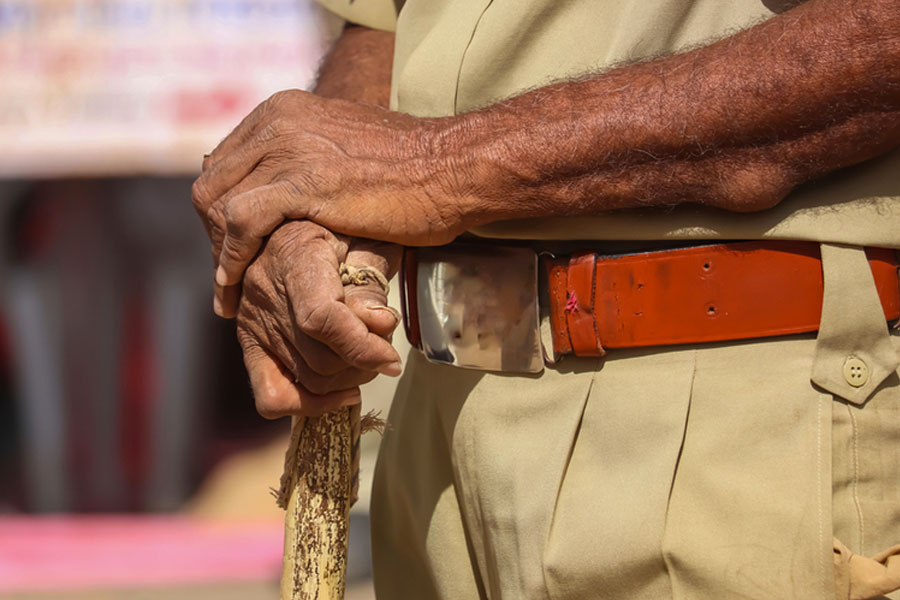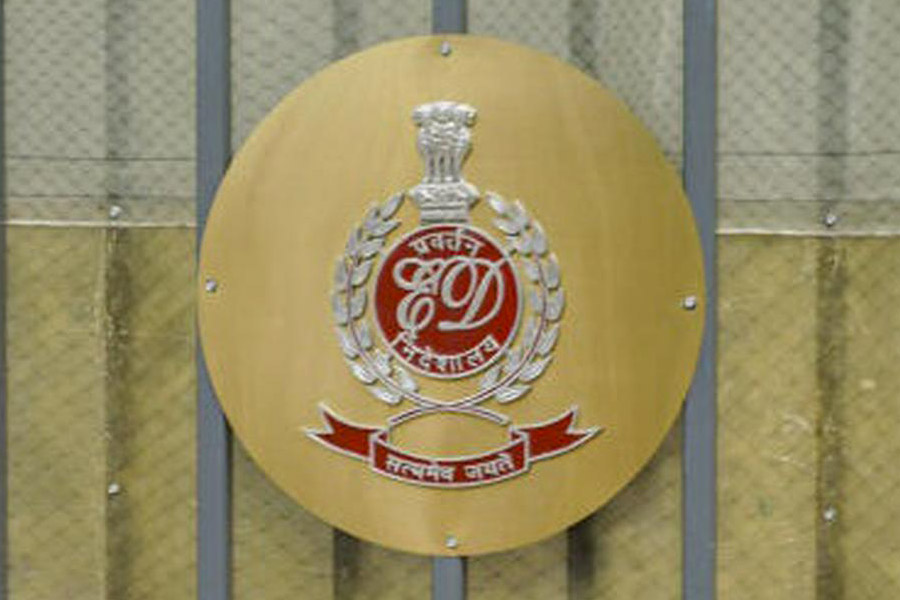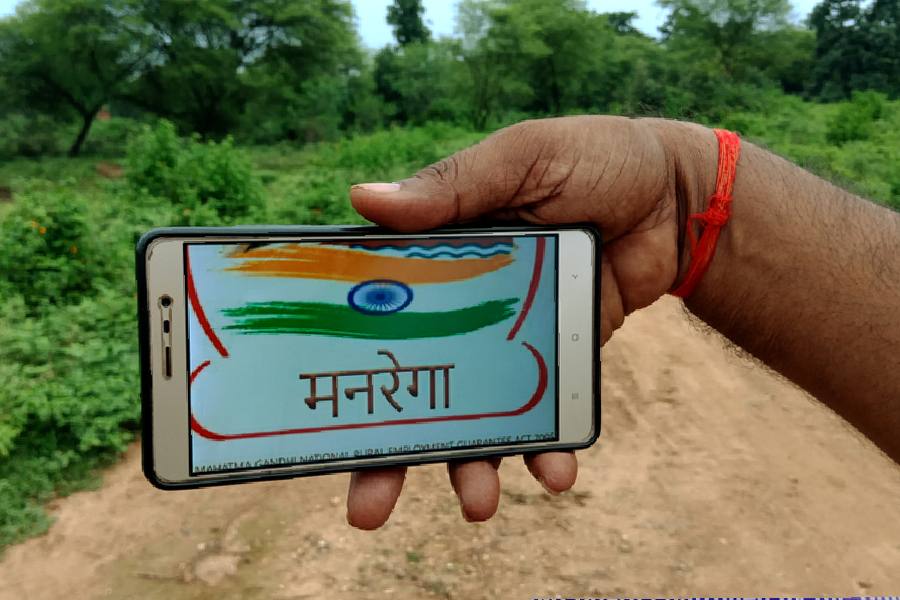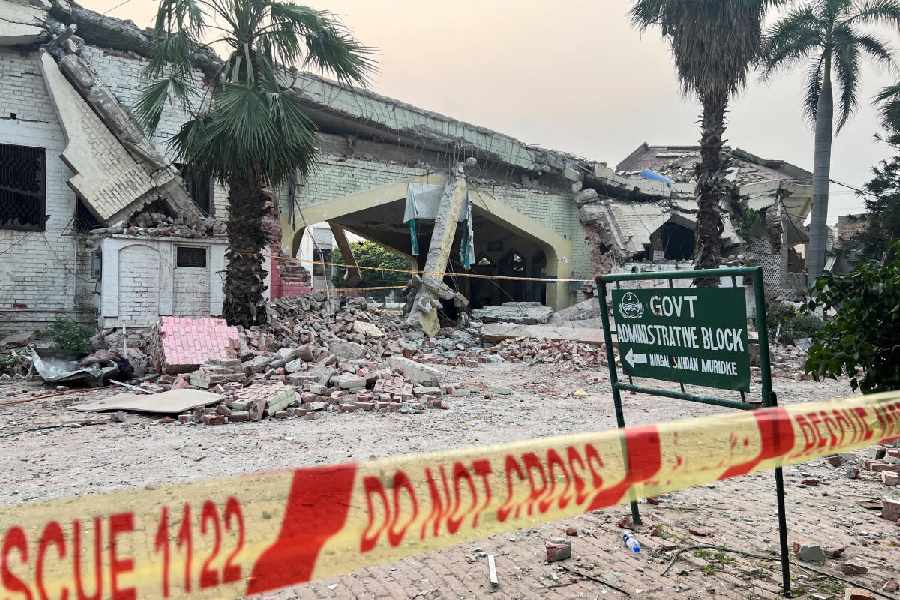
Barely a week had passed since Emergency was imposed in the country. The government had been rather effective in muzzling the Press. Any item it disapproved of came back with a "Not Passed by the Censor" or "Not to be Published" rubber-stamped on it. But for cartoonist Abu Abraham, it was too early to stop trying. He submitted a political cartoon. The visual showed two men in Gandhi caps, one short and rotund and the other tall and thin. In the latter's hand was a placard that read "Smile!" The catchline below the drawing read, "Don't you think we have a lovely censor of humour?" Of course, it was returned with a "Not To Be Published" stamp.
A few days later, the face of censorship and the then information and broadcasting minister, V.C. Shukla, gave a simple reason for the ruthless censoring - "To stop the spread of rumour". Abu - as he was widely known - who was a Rajya Sabha member at that time, shot back, "But why do you want to stop the spread of humour?"
Forty years later, India is experiencing a deja vu. Stand-ups, mimics, cartoonists and satirists are being trolled and persecuted with alarming alacrity. The soldiers are going by some unwritten code of honour to attack offenders.
A few days ago, cartoonist Bala was arrested in Tamil Nadu for critiquing the chief minister, the police commissioner and the collector. He has been released on bail since. A family of four, including two children, had immolated themselves after being harassed by a moneylender. The father was a daily wager. " Aama... intha cartoon aathirathin uchathil thaan varanthen. Yes... I drew this cartoon at the height of my anger," Bala wrote on Facebook.
Days before that, Shyam Rangeela, who has made a name for himself mimicking Prime Minister Narendra Modi and Congress vice-president Rahul Gandhi, was invited to perform on the TV show, The Great Indian Laughter Challenge, and then asked to modify his act. First, he was told that he could not mimic the PM. Instruction 1 was followed by another - he could not mimic RaGa either.
Rangeela asks, "Who can possibly get hurt by mimicry?" Then adds, "I have been mimicking Modi ji for a while, why this unofficial censorship now?"
And yet like the mythical demon, whose tiniest drop of blood spilled gives birth to multitudes of demons, the forces of humour continue to multiply.


The Banned Band, a protest music group in Mumbai, is one such. It has come under pressure after releasing its first song - Baar baar fenko/ Hazaar bar fenko/ Ke fenkne me tez hain Vikas ke pitah/ Bhakt hoooo/ Taali doooo - that parodies the first anniversary of demonetisation. "Its popularity has unnerved Modi bhakts. We are getting threats and they are accusing us of working for the Congress," says Mayank Saxena, lyricist and founder member.
Varun Grover of the Indian satire troupe, Aisi Taisi Democracy, has a theory. Leaders become insecure, he says, if their fan base is insecure and vice versa. He adds, "Though I think Modi ji has no reason to feel insecure politically, the BJP and the RSS come from the school of deep conservative thought and in such a school, making jokes about itself is kind of haraam [sacrilege]."
The shift is clearly visible on social media platforms. Rahul Gandhi jokes remain popular, but it is the Modi-related ones and animated GIFs on Twitter and WhatsApp that are on the rise.
Delhi-based stand-up comedian Rajneesh Kapoor says, "This is a government that understands the power of humour. The BJP made Rahul Gandhi a joke while presenting Modi as a man of power and action. They want to sustain that image [of Modi]. That is the reason they are so aggressive in tackling any attempt to lampoon him."
And yet aggression is not the wisest of options. In the 1984 book Personality and Sense of Humor, Avner Ziv writes, "Laughter shared by the oppressed at the expense of the oppressor reduces fear and helps people to go on living under the regime with more ease. Totalitarian regimes possibly do themselves a disservice in preventing manifestations of humour against themselves, for laughter may be a safety valve..."
Udupi-based political cartoonist Satish Acharya says his ilk did have a premonition when Modi rode to power in 2014. He says, "With the multiplying power of social media, leaders get agitated easily and though they don't show their anger and frustration directly, they vent it all through their online soldiers."
But this inability to digest a jibe, some laughing at, is not peculiar to the central government. "It is across the board," says Atul Khatri, a Mumbai-based stand-up. He talks about how stand-ups in Mumbai face threats from local parties and leaders.
In 2012, Ambikesh Mahapatra, a professor of Calcutta's Jadavpur University, was arrested for circulating a picture spoof of Trinamul Congress chief Mamata Banerjee. Acharya recalls how he faced problems in 2011, when he did a cartoon on Nationalist Congress Party leader Sharad Pawar. An officer from the Mumbai Police crime branch asked him to remove it from the blog or face consequences. "When I took the threat to social media, it went viral and the police officer denied ever having called me," he says.
And yet things were not always like this. Subhendu Dasgupta, a former professor of Economics who has done extensive research on newspaper cartoons, graffiti and political posters of Bengal, talks about India's rich tradition of political cartoons since the 19th century. "A proper political cartoon is always critical of the rulers. There is no other way," says Dasgupta.
Swati Chattopadhyay is a professor at the University of California in US. She has studied humour and dissent in the Indian context and points out that leaders such as Jawaharlal Nehru never felt threatened by cartoons of themselves. "What drives persecution and censorship is insecurity, the knowledge that consent can only be secured by silencing voices. Censorship is a recognition of the weakness of one's political position, a knowledge that the politics of the majoritarian state can and will be challenged," she says.
Nehru is said to have told the legendary cartoonist Keshav Shankar Pillai, "Don't spare me, Shankar," when he was launching Shankar's Weekly, a humour and satirical magazine.
Dasgupta recalls how during Emergency, anti-Congress sentiments bloomed on the walls in West Bengal. That one of the architects of the Emergency, Siddhartha Shankar Ray, was the chief minister, did not come in the way.
That tradition is, at least for now, the stuff of political lore. "Indian political culture today, between the silencing of dissent, silencing of critical scholarship and of the arts, describes a totalitarian regime. How far are we from Stalinist policies of silencing dissent? If it were not for the Supreme Court, where would we be?" says Chattopadhyay, while appreciating those who are standing up to voice criticism of state policy.
Sorabh Pant, a Mumbai-based stand-up comedian, talks about India's "ridiculous laws". He says, "As compared to television and radio, stand-up acts on stage have more freedom. The situation is really bad in general entertainment channels and the radio, where nobody wants to offend anybody."
But even so, you cannot muffle a whole country. Not now, not ever. Voices of rebellion have a knack of finding their way, says Grover. He talks about Dushyant Kumar, a Hindi poet who cryptically wrote against Indira Gandhi at the peak of Emergency, " Mat kaho aakash me kohra ghana hai, yeh kisi ki vyaktigat aalochna hai... Don't say the sky is covered with fog, someone might mistake it for a personal attack."
When the current political fog will lift we cannot tell, but Mayank Saxena spies a silver lining. "These are exciting times for people like us. The onus of telling the truth, as opposed to government sponsored truths, is on us."
Varun Grover of Aisi Taisi Democracy says, "Threats are like dew drops. Good for walking barefoot on." Something to think about.










